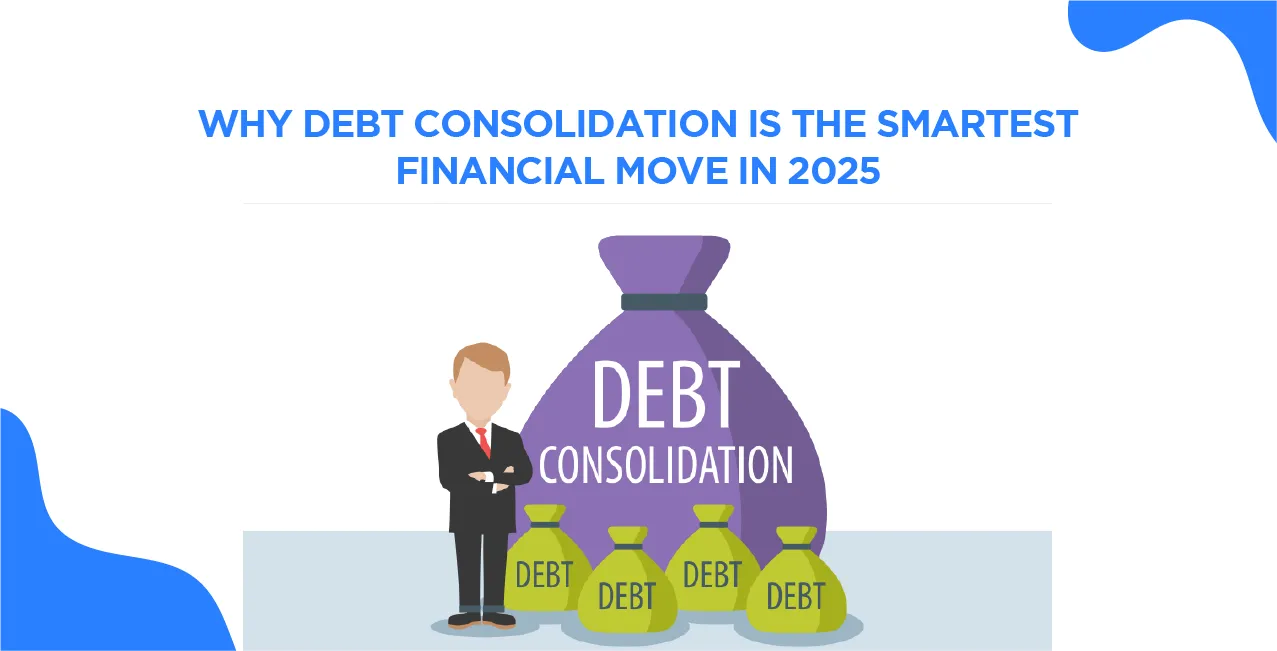Fiscal policy is how the government uses spending and taxes to manage the economy. The government increases spending and reduces taxes to increase economic growth during slowdowns.
During the COVID-19 pandemic, India's government announced a ₹20 lakh crore stimulus package. The government had previously reduced corporate tax rates from 30% to 22% for businesses in September 2019. It also increased spending on healthcare by ₹2 lakh crores extra as part of the pandemic response.
The government provided direct cash transfers of ₹500 per month to poor families. These measures helped people and businesses survive the economic crisis effectively.
Fiscal Policy Tools Table
This table demonstrates how India's government deployed various fiscal policy instruments during the COVID-19 economic crisis.
The comprehensive fiscal response totalling ₹9,00,000 crores successfully supported businesses and households through the pandemic crisis.
Governments use fiscal policy to control inflation, unemployment, and economic growth rates.
1. Fiscal Policy Tools and Instruments
Governments use various fiscal policy tools to influence economic activity effectively. Tax policy includes income tax, corporate tax, and indirect taxes like GST. The government can increase or decrease these rates to control spending. Lower taxes put more money in people's pockets, encouraging consumption.
Government spending includes both revenue and capital expenditure on various sectors. Revenue spending covers salaries, subsidies, and day-to-day operations of the government. Capital spending includes infrastructure projects, roads, railways, and public facilities. Public debt management involves borrowing to finance government activities and projects.
Transfer payments like pensions, unemployment benefits, and subsidies help redistribute income. These payments support vulnerable sections of society during economic hardships. The government also uses public sector enterprises to implement fiscal policy.
This comprehensive overview examines India's current fiscal instruments and their recent modifications to stimulate economic growth.
These strategic adjustments across fiscal instruments demonstrate the government's commitment to fostering economic growth whilst maintaining revenue stability.
2. Types of Fiscal Policy
Fiscal policy can be either expansionary or contractionary, depending on the economy. Expansionary policy means the government spends more and cuts taxes to boost growth and create jobs during a slowdown. It borrows money to fund this extra spending.
Contractionary policy means the government spends less and raises taxes to control inflation when the economy grows too fast.
Some tools, called automatic stabilisers, work on their own. For example, tax collections rise during booms, and unemployment benefits increase during recessions, helping to balance the economy.
This framework categorises different fiscal policy approaches based on economic conditions and their corresponding implementation strategies.
India's adaptive fiscal policy approach enables responsive economic management across different cyclical conditions and external shocks.
3. Role in Economic Growth
Fiscal policy plays a crucial role in promoting sustainable economic growth. Government investment in infrastructure creates jobs and improves productivity across sectors. Roads, railways, and airports connect markets and reduce transportation costs. Education and healthcare spending build human capital for long-term growth.
Tax incentives encourage private sector investment in priority areas. Research and development tax credits promote innovation and technology adoption. Export incentives help domestic companies compete in global markets successfully.
Fiscal policy also helps redistribute income and reduce inequality in society. Progressive taxation ensures that wealthy people contribute more to development. Social spending programmes provide basic services to poor and marginalised communities.
This analysis quantifies how government investment across key sectors attracts private capital and generates employment opportunities.
Strategic government investment of ₹8.7 lakh crores successfully leverages ₹13.9 lakh crores in private investment whilst creating 1.2 crore employment opportunities.
4. Fiscal Policy Challenges in India
India faces some key challenges in running good fiscal policy. A high fiscal deficit makes it hard for the government to spend more. Tax evasion and poor compliance mean the government collects less than it should. The large informal economy also pays very little tax.
Subsidies on fuel, fertiliser, and food take up a big part of the budget. These often help middle-class families more than the poor. Changing subsidy systems is tricky and needs careful handling.
It’s also hard to coordinate between the central and state governments. States have their own financial limits and political goals. Different parties in power make it harder to work together.
This assessment identifies major obstacles in India's fiscal policy implementation and proposes corresponding solutions with expected benefits.
Addressing these challenges through systematic reforms will enable India to achieve fiscal sustainability whilst maintaining growth momentum.
5. Future Outlook and Reforms
India's fiscal policy is evolving to meet future economic challenges. The government focuses on capital expenditure to create long-term growth drivers. Infrastructure spending receives priority to improve connectivity and productivity. Green economy investments help achieve climate goals and sustainable development.
Digital governance reduces administrative costs and improves service delivery. Technology helps track government spending and reduce leakages in programmes. Artificial intelligence and data analytics improve policy design and implementation.
Tax system reforms aim to simplify procedures and reduce compliance costs. Goods and Services Tax continues to evolve with regular improvements. Direct tax reforms focus on widening the tax base gradually.
This forward-looking roadmap outlines India's strategic reform initiatives with investment targets and expected developmental outcomes.
India's comprehensive reform programme worth ₹11.5 lakh crores positions the economy to achieve 8-9% GDP growth and developed economy status through strategic modernisation initiatives.
Conclusion
Fiscal policy helps governments manage economic growth through smart spending and taxation. India uses these tools to create jobs and control inflation effectively. Future reforms will focus on digital governance and green investments. Proper fiscal management ensures sustainable development for all citizens.
FAQs
Q1: How did India's government rescue the economy during COVID-19?
A: India launched a massive ₹20 lakh crore stimulus package combining tax cuts, direct cash transfers, and healthcare investments.
Q2: Why do governments sometimes deliberately spend more than they earn?
A: Governments create fiscal deficits strategically to stimulate economic growth, fund infrastructure projects, and support citizens during crises.
Q3: What happens when the government cuts corporate taxes drastically?
A: Companies invest more in expansion, create additional jobs, and boost economic activity across multiple sectors.
Q4: How does fiscal policy help economic growth?
A: It creates jobs through infrastructure spending and encourages investment through tax incentives.
Q5: What challenges does India face in fiscal policy?
A: India faces high fiscal deficit, tax evasion, and coordination problems between governments.
Other Related Pages | |||





